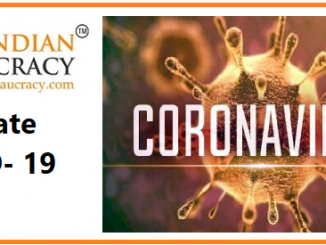
Summary:Exercise intensity appears to make no difference to risk of mortality among older adults, suggests a randomised controlled trial.
Exercise intensity appears to make no difference to risk of mortality among older adults, suggests a randomised controlled trial from Norway published by The BMJ today.
Physical activity has been highlighted as one of the most important actions people of all ages can engage in to improve health, and data from observational studies show that early death is significantly reduced in physically active compared with inactive individuals.
Yet high quality clinical trial evidence on a potential direct (causal) relation between current advice on physical activity levels and longevity is lacking.
So an international research team set out to evaluate the effect of five years of supervised exercise training compared with recommendations for physical activity on mortality in older adults (70-77 years).
The trial involved 1,567 participants (790 women and 777 men) living in Trondheim, Norway, with an average age of 73 years. In total, 87.5% of participants reported overall good health and 80% reported a medium or high level of physical activity at the start of the trial.
Of these 1,567 participants, 400 were assigned to two weekly sessions of high intensity interval training (HIIT), 387 were assigned to moderate intensity continuous training (MICT), and 780 to follow the Norwegian guidelines for physical activity (control group), all for five years.
After five years, the overall mortality rate was 4.6% (72 participants).
The researchers found no difference in all cause mortality between the control group (4.7%, 37 participants) and combined HIIT and MICT group (4.5%, 35 participants).
They also found no differences in cardiovascular disease or cancer between the control group and the combined HIIT and MICT group.
For example, the total proportion of participants with cardiovascular disease after five years was 15.6%, with 16% (125 participants) in the control group, 15% (58 participants) in the MICT group, and 15.3% (61 participants) in the HIIT group.
The researchers point to some limitations. For example, highly active participants in the control group could have hampered finding differences between groups, and many participants were healthier than expected at the start of the study, which may have limited the potential to increase activity levels further.
However, strengths include the large number of older adults, and the long intervention period and monitoring throughout the study.
“This study suggests that combined MICT and HIIT has no effect on all cause mortality compared with recommended physical activity levels,” write the researchers.
More: Science Daily







Leave a Reply
You must be logged in to post a comment.